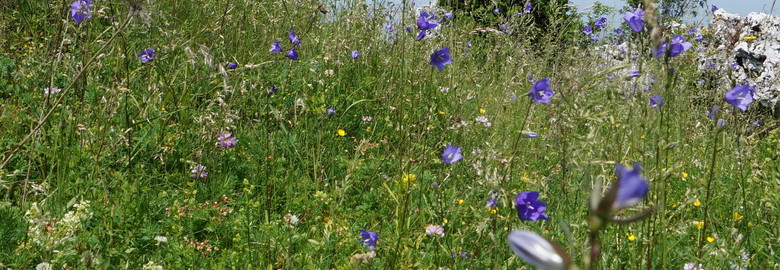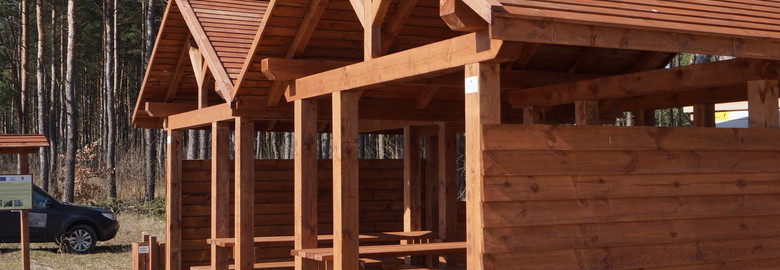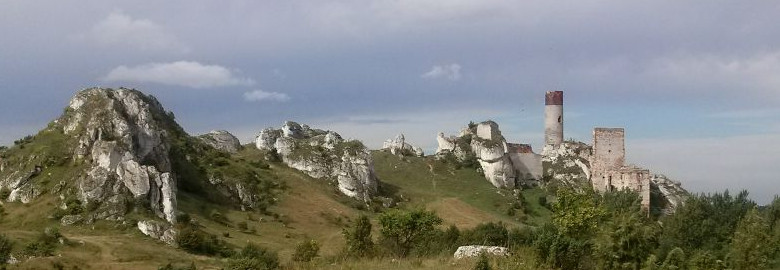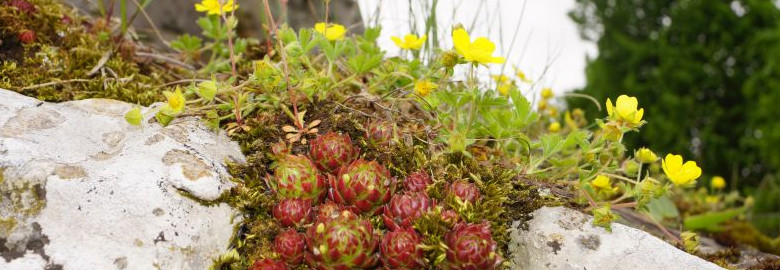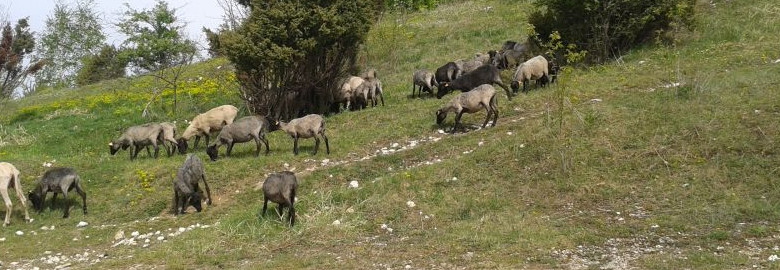About the project
Liczba wizyt
Basic information
The Kraków-Częstochowa Upland is one of the most valuable areas of Poland when it comes to nature and landscape. Very unique plant communities such as semi-natural dry grasslands and scrubland facies on calcareous substrates (Festuco-Brometea class and stenothermal Asplenion septentrionalis-Festucion pallentis grasslands) (6210) and juniper (Juniperus communis) formations on heaths or calcareous grasslands (5130) developed here. In the past decades these communities have become endangered as a result of the cessation of herding, the intensification of farming and the changes in land use (i.e. forestation, ploughing, the conversion into farmlands) connected with it. The grasslands are also endangered because of the invasive exotic species and secondary succession.
Mosaic habitats are typical of the Kraków-Częstochowa Upland. The topographic lows between the monadnocks are usually filled with fluvio-glacial sands in which the river valleys have emerged, mainly in the southern part of the Orle Gniazda Landscape Park. They are usually covered with pine forests. In one of such valleys, in the well-head part of the Centuria river there is a position of the endemic: Polish scurvy-grass (Cochlearia polonica), which is a priority species (2109*). Cochlearia polonica population is endangered mainly due to changing hydrographic conditions, holiday building development, shading of its position caused by the tree crowns and the overgrowing Horse Mint (Mentha longifolia) in the part of the wellspring niche. Purchasing the lands with Cochlearia polonica populations (along with purchasing other lands) is one of the most effective methods of environmental protection.
LIFE+ “Protection of valuable natural non-forest habitats typical of the Orle Gniazda Landscape Park” project is a response to the undesirable changes concerning semi-natural dry grasslands and scrubland facies on calcareous substrates and the need for protection of the valuable endemic Cochlearia polonica. The program is realized by the Śląskie Voivodeship – Silesian Voivodeship Landscape Parks Complex and will enable preservation and protection of the valuable non-forest habitats (Annex I of the Council Directive 92/43/EEC of 21 May 1992 on the conservation of natural habitats and of wild fauna and flora) characteristic of the Natura 2000 areas in the Kraków-Częstochowa Upland (on the territory of the Orle Gniazda Lanscape Park), consequently creating a system of landscape and natural chains called the ecological corridors.
The project is realized on the area of the Orle Gniazda Landscape Park and more specifically in four refugia:
- the Olsztyn-Mirów refugium,
- the Złoty Potok refugium,
- the Kroczyce refugium,
- the Środkowa Jura refugium.
The duration of the project is five years from 2012 till 2016.



